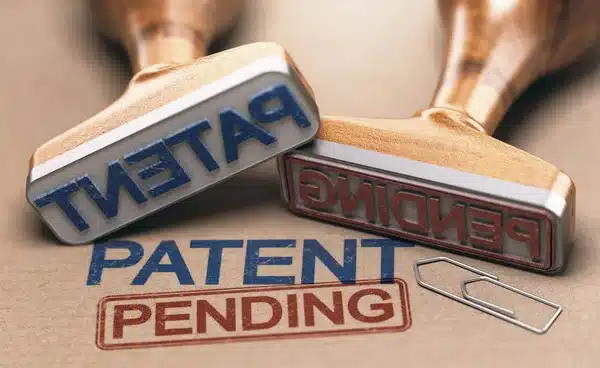There are three prerequisites for getting a patent namely: (i) novelty, (ii) inventive-step (non-obviousness) and (iii) industrial application (utility). The first and foremost prerequisite is novelty and then comes inventive-step (non-obviousness). Establishing industrial application (utility)is comparatively easier.
An invention is said to be novel when it is neither published anywhere in the world nor used by public before the date of filing patent application.
Similarly, an invention is said to be inventive (non-obvious) when the invention involves a feature which is non-obvious to a person of ordinary skill in the art (POSITA). Such hypothetical person (person of ordinary skill in the art) is an ordinary person having ordinary skillset in a particular technical domain to which the invention pertains.
Utility of an invention is comparatively easier to establish. An invention always solves a long-standing problem by providing an inventive product or process. However, for establishing industrial application one has to consider the reproducibility and scalability of the invention along with utility.
Since, getting patent is a costly process in terms of money as well as time; therefore,, it is always suggested to conduct a patentability/novelty search before filing a patent application to ascertain the probability of patent grant as well as scope of claims expected to be granted. Further, patentability/novelty search also helps in drafting patent application and its claims in such a manner that it takes shortest possible time to get patent.
A standard patentability/novelty searches includes:
Patent Search
Patent search includes searching relevant patent documents and their analysis for assessing patentability/novelty of the invention. It includes searching of patent documents worldwide from different patent authorities e.g., United States Patent & Trademark Office (USPTO); European Patent Office (EPO). Such search can be done through official website of such patent authorities or through paid/unpaid search engines which provide access to such multiple patent authorities e.g., Google Patents.
Non-patent Search
Non-patent search includes searching relevant non-patent documents and their analysis assessing patentability/novelty of the invention. It includes searching of published non-patent documents such as research articles, review articles, research work, thesis, project reports, product listings, product specification, blogs, forums etc. Such search can be done through paid/unpaid web search engines e.g., Google, which provide access to such non-patent information.
While patentability/novelty search can be performed by the inventors on their own; nonetheless it is always advisable to get professional services as the results and inference can differ widely, if the searches are not done properly.
We at Delhi IP have patent professional who are experts in conducting Patentability/novelty searches and providing best services to our clients.
An invention is said to be novel when it is neither published anywhere in the world nor used by public before the date of filing patent application.
Similarly, an invention is said to be inventive (non-obvious) when the invention involves a feature which is non-obvious to a person of ordinary skill in the art (POSITA). Such hypothetical person (person of ordinary skill in the art) is an ordinary person having ordinary skillset in a particular technical domain to which the invention pertains.
Utility of an invention is comparatively easier to establish. An invention always solves a long-standing problem by providing an inventive product or process. However, for establishing industrial application one has to consider the reproducibility and scalability of the invention along with utility.
Since, getting patent is a costly process in terms of money as well as time; therefore,, it is always suggested to conduct a patentability/novelty search before filing a patent application to ascertain the probability of patent grant as well as scope of claims expected to be granted. Further, patentability/novelty search also helps in drafting patent application and its claims in such a manner that it takes shortest possible time to get patent.
A standard patentability/novelty searches includes:
Patent Search
Patent search includes searching relevant patent documents and their analysis for assessing patentability/novelty of the invention. It includes searching of patent documents worldwide from different patent authorities e.g., United States Patent & Trademark Office (USPTO); European Patent Office (EPO). Such search can be done through official website of such patent authorities or through paid/unpaid search engines which provide access to such multiple patent authorities e.g., Google Patents.
Non-patent Search
Non-patent search includes searching relevant non-patent documents and their analysis assessing patentability/novelty of the invention. It includes searching of published non-patent documents such as research articles, review articles, research work, thesis, project reports, product listings, product specification, blogs, forums etc. Such search can be done through paid/unpaid web search engines e.g., Google, which provide access to such non-patent information.
While patentability/novelty search can be performed by the inventors on their own; nonetheless it is always advisable to get professional services as the results and inference can differ widely, if the searches are not done properly.
We at Delhi IP have patent professional who are experts in conducting Patentability/novelty searches and providing best services to our clients.
